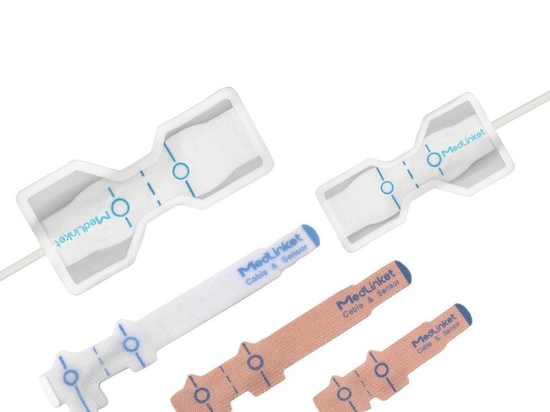
#Product Trends
NIBP measurement method and choice of NIBPcuff
NIBP measurement method and choice of NIBPcuff
Blood pressure is an important indicator of the human body's vital signs. The level of blood pressure can help determine whether the human body's heart function, blood flow, blood volume, and vasomotor function are normally coordinated. If there is an abnormal increase or decrease in blood pressure, it indicates that there may be some abnormalities in these factors.
Blood pressure measurement is an important means to monitor the vital signs of patients. Blood pressure measurement can be divided into two types: IBP measurement and NIBP measurement.
IBP refers to the insertion of a corresponding catheter in the body, accompanied by puncture of blood vessels. This blood pressure measurement method is more accurate than NIBP monitoring, but there is a certain risk. IBP measurement is not only used on laboratory animals. It is not commonly used anymore.
NIBP measurement is an indirect method of measuring human blood pressure. It can be measured on the body surface with a sphygmomanometer. This method is easy to monitor. Currently, NIBP measurement is the most widely used in the market. Blood pressure measurement can effectively reflect a person’s vital signs. Therefore, blood pressure measurement must be accurate. In reality, many people adopt wrong measurement methods, which often lead to errors between the measured data and the real blood pressure, resulting in inaccurate data. The following is correct. The measurement method is for your reference.
The correct method of NIBP measurement:
1. Smoking, drinking, coffee, eating and exercising are prohibited 30 minutes before the measurement.
2. Make sure that the measurement room is quiet, let the subject rest quietly for 3-5 minutes before starting the measurement, and make sure to avoid talking during the measurement.
3. The subject should have a chair with his feet flat, and measure the blood pressure of the upper arm. The upper arm should be placed at the level of the heart.
4. Choose a blood pressure cuff that matches the subject’s arm circumference. The subject’s right upper limb is bare, straightened and abducted for about 45°. The lower edge of the upper arm is 2 to 3 cm above the elbow crest; the blood pressure cuff should not be too tight or too loose, generally it is better to be able to extend a finger.
5. When measuring blood pressure, the measurement should be repeated 1 to 2 minutes apart, and the average value of the 2 readings should be taken and recorded. If the difference between the two readings of systolic blood pressure or diastolic blood pressure is more than 5mmHg, it should be measured again and the average value of the three readings shall be recorded.
6. After the measurement is completed, turn off the sphygmomanometer, remove the blood pressure cuff, and fully deflate. After the air in the cuff is completely discharged, the sphygmomanometer and cuff are put in place.
When measuring NIBP, NIBP cuffs are often used. There are many styles of NIBP cuffs on the market, and we often face the situation of not knowing how to choose. Medlinket NIBP cuffs have designed a variety of different types of NIBP cuffs for different application scenarios and people, suitable for different departments.
Reusabke NIBP cuffs include comfortable NIBP cuffs (suitable for ICU) and nylon blood pressure cuffs (suitable for use in emergency departments).
Product advantages:
1. TPU and nylon material, soft and comfortable;
2. Contains TPU airbags to ensure good air tightness and long life;
3. The airbag can be taken out, easy to clean and disinfect, and can be reused.
Disposable NIBP cuffs include non-woven NIBP cuffs (for operating rooms) and TPU NIBP cuffs (for neonatal departments).
Product advantages:
1. The disposable NIBP cuff can be used for single patient, which can effectively prevent cross-infection;
2. Non-woven fabric and TPU material, soft and comfortable;
3. The neonatal NIBP cuff with transparent design is convenient for observing the skin condition of patients.






